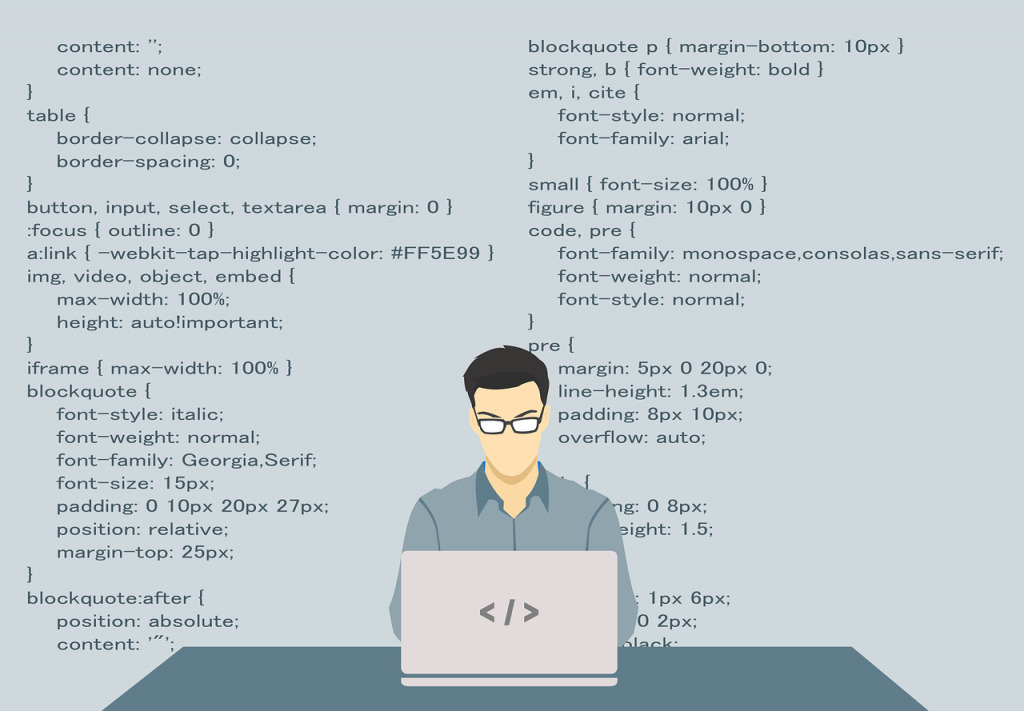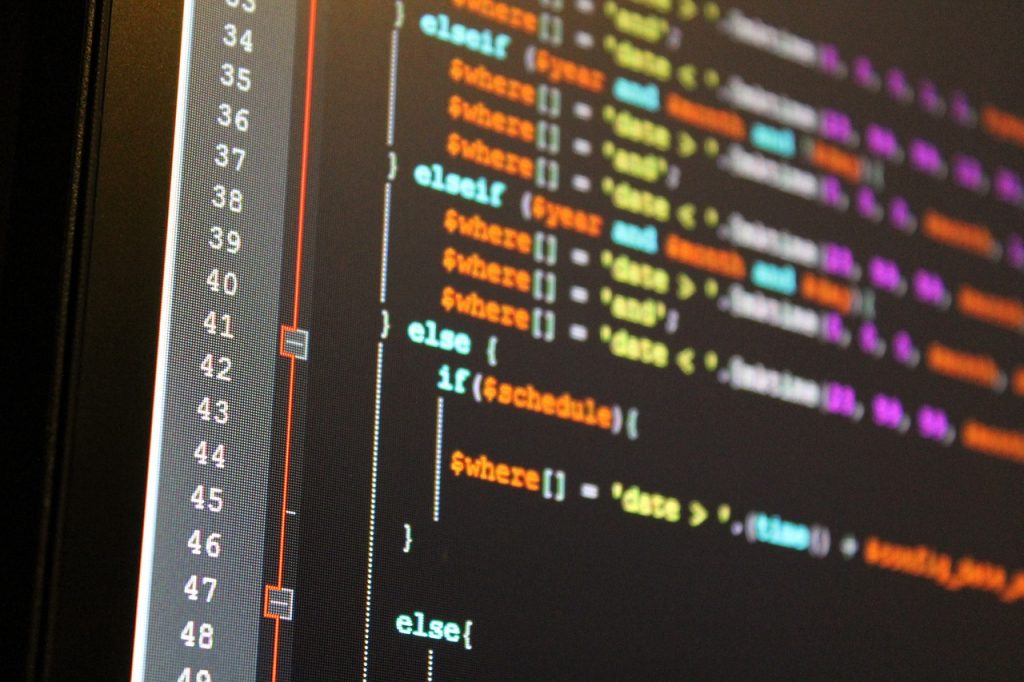How well-written and maintainable software code is referred to as code quality. It takes into account elements like security, dependability, efficiency, and scalability. Software with high code quality is simpler to understand, more extensible, bug-free, as well as less likely to malfunction.
Additionally, it shortens development cycles, lowers costs, and enhances user experience in general. Automated tools that evaluate the code in accordance with predetermined quality standards and produce a report with numerical scores are one popular method for assessing code quality.
Reasons why code quality is important
The experience of the end user is ultimately improved by creating high-quality code. Consumers can better understand the security and dependability of the software or program they are using by concentrating on writing high-quality code.
It is essential to write high-quality code that works properly because poor quality code can have an impact on user experience and satisfaction. Low-quality code can lead to vulnerabilities that expose software to cybersecurity threats, leading to bugs, functionality problems, and a reduction in the software’s dependability.
Here are some of the reasons why you should take code quality seriously.
- Increases code readability: Readability is crucial because it increases other developers’ understanding rates. Easy to read code is also simple to make better.
- High-quality code is more sustainable because it can last for years.
- Developers can transfer high-quality code much more easily because they only need to make minor adjustments.
- The business can rely on the original, high-quality source code rather than incurring additional costs to rewrite subpar code.
Here are the lesser-known ways you can improve code
Here are a few suggestions for enhancing code quality and end-user satisfaction that you may not have considered.
Bug Bounty
An organization may reward independent security researchers or ethical hackers for finding and reporting security flaws in their software or systems through a bug bounty program, which is an example of crowdsourced security testing. Organizations can encourage security researchers to identify and report security flaws before they are exploited by attackers by rewarding them for vulnerabilities.
Programs that offer bug bounty can enhance code quality in a number of ways:
- Bug bounty programs encourage security researchers to look for vulnerabilities in an organization’s systems or software. A more secure product may result from more security testing being conducted and of higher quality.
- Encourage responsible disclosure: Bug bounty programs encourage security researchers to notify organizations of vulnerabilities rather than making them public or selling them illegally. Organizations can do this to address vulnerabilities before attackers take advantage of them.
- Give organizations feedback on the quality of the code: Security researchers who take part in bug bounty programs can give organizations advice on how to develop more secure code in the future.
Auto Generated Documentation
As part of an automated development pipeline, code comments and metadata are used to generate automatic documentation. Typically, HTML, PDF, or other formats of documentation are produced using tools like Javadoc, Doxygen, and Sphinx that parse code comments and metadata.
There are several ways that auto-generated documentation can enhance code quality:
- Auto-generated documentation can give developers clear, concise descriptions of code functionality, which makes it simpler for them to comprehend the code and its intended use.
- Better code organization: Auto-generated documentation makes it simpler for developers to navigate and maintain the codebase by offering a clear hierarchy of classes, methods, and functions.
- Consistency: Automated documentation can guarantee consistency throughout the codebase, lowering the possibility of mistakes and misunderstandings.
- Auto-generated documentation can be used as a quality control tool, assisting programmers in identifying mistakes and omissions in their metadata and code comments.
Coding Conventions

To encourage consistency and readability, code should be written and formatted according to coding conventions, which are a set of rules and standards. They frequently deal with things like documentation, formatting, code structure, and naming conventions.
Developers can enhance code quality and make their code simpler to read and understand by adhering to coding conventions, which makes maintenance and modification simpler. Additionally, they aid in ensuring code consistency throughout a project or organization, which facilitates code segment integration and collaboration.
Coding conventions typically require the following components:
- Variables, functions, and classes have naming conventions.
- Code block indentation and formatting.
- Whitespace and comments are used to increase readability.
- Handling exceptions, mistakes, and input/ output guidelines.
Quality Gates
Software must adhere to a set of checkpoints or requirements known as quality gates in order to advance to the next stage of development. They are frequently employed in software development procedures to guarantee the software’s quality and readiness for release.
Quality gates can be automated or manually implemented, and they are frequently used after acceptance testing, integration testing for units, or unit testing during the development process. Metrics like code coverage, code quality, functionality, performance, and security may be included.
Quality gates allow development teams to identify problems earlier in the development process, reducing rework, saving time, and guaranteeing that the finished software product complies with the necessary quality standards.
Smart Code Snippets
Pre-written code fragments known as “smart code snippets” or “live templates” can be added to a code file with placeholders for variables or user-defined inputs. By reducing the amount of repetitive or boilerplate code developers must write and by offering contextual awareness and intelligence, they are intended to assist developers in writing code more effectively and efficiently.
Regular code snippets are static files that can be added whenever necessary. They frequently include pre-written templates or code blocks that can be altered to fit a particular use case.
Smart code snippets, on the other hand, are dynamic and can change to fit the written code’s context. A smart code snippet, for instance, might automatically fill in common code constructs based on the context of the code or include placeholders for variables that must be defined.
Wrap Up
Teams looking to adopt a new viewpoint on their development process can start with the five lesser-known methods to enhance code quality discussed in this article. Any software development project must succeed in order to achieve high code quality.
There are many tried-and-true techniques and best practices for enhancing code quality, but there are also some unconventional ones that can be surprisingly successful. Teams can discover new ways to enhance code quality and create more dependable, effective, and secure software by taking a creative and open-minded approach to software development.



